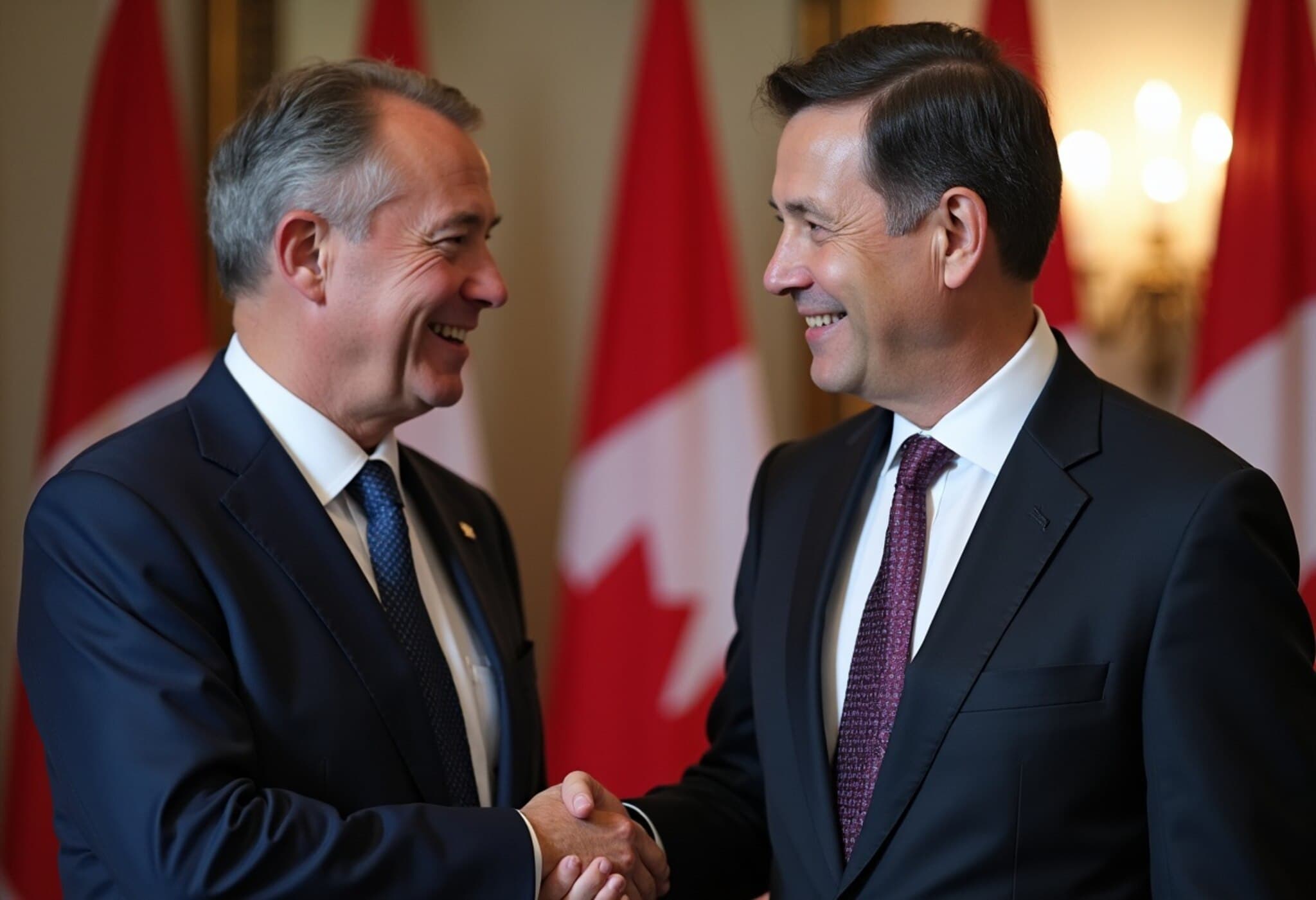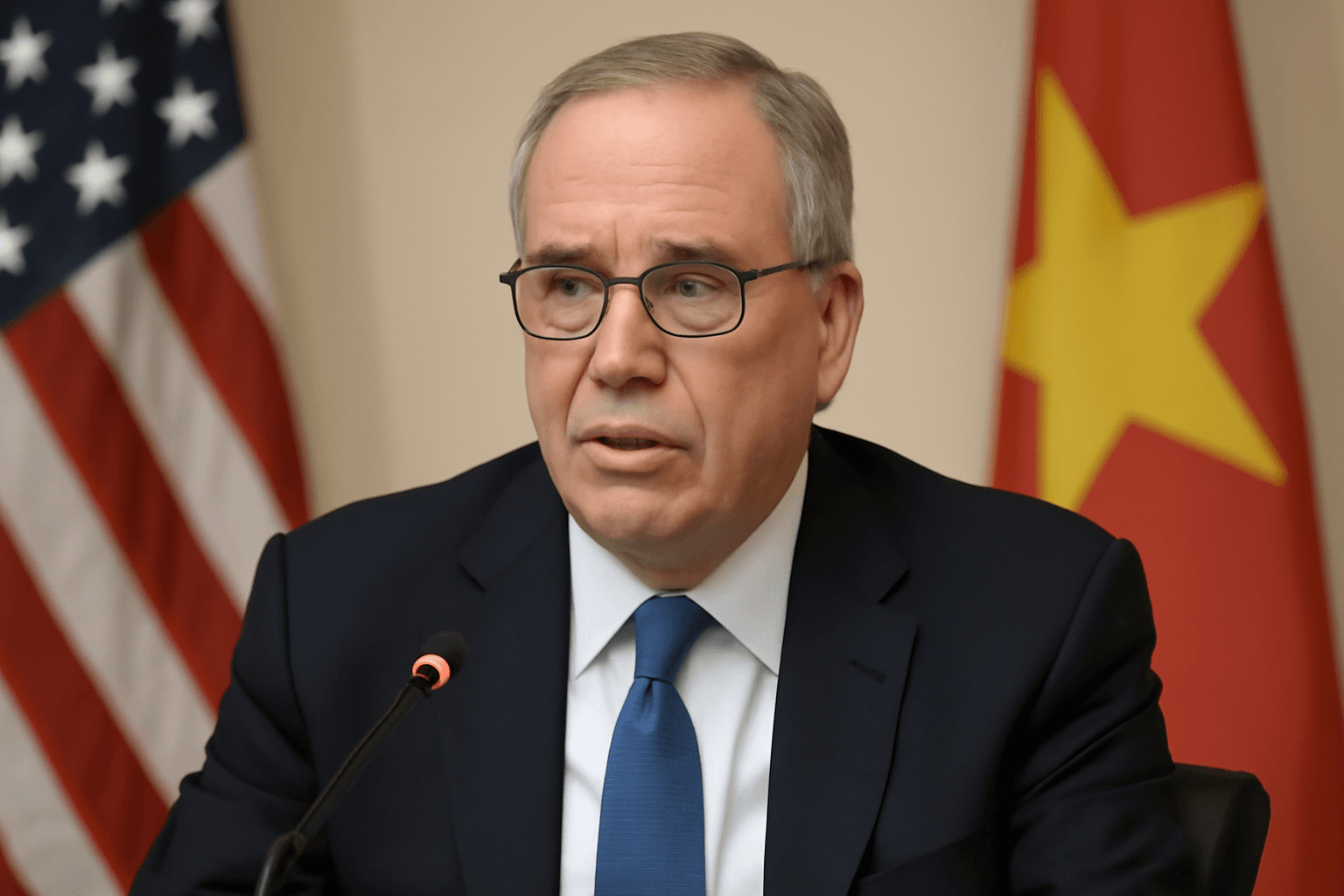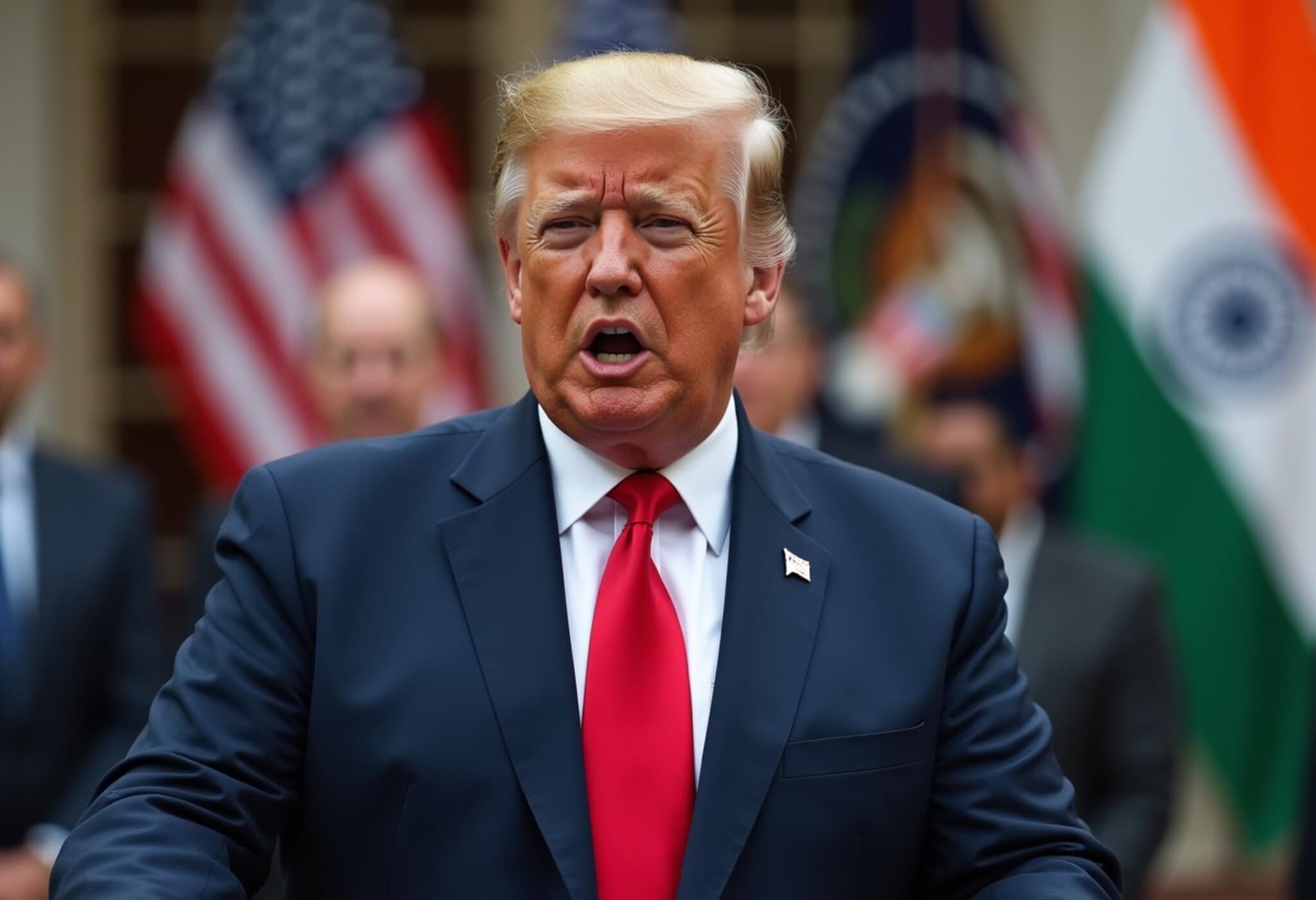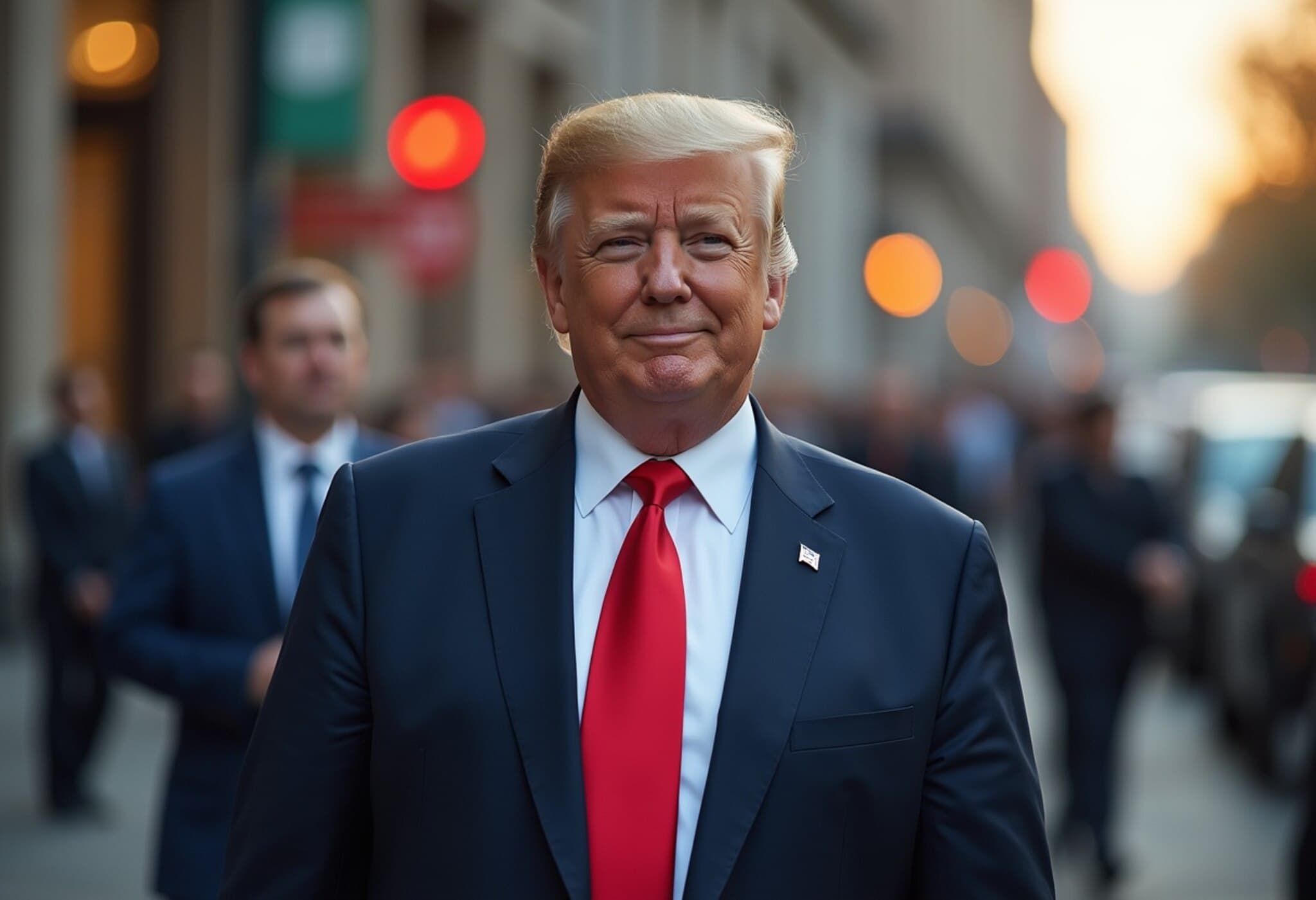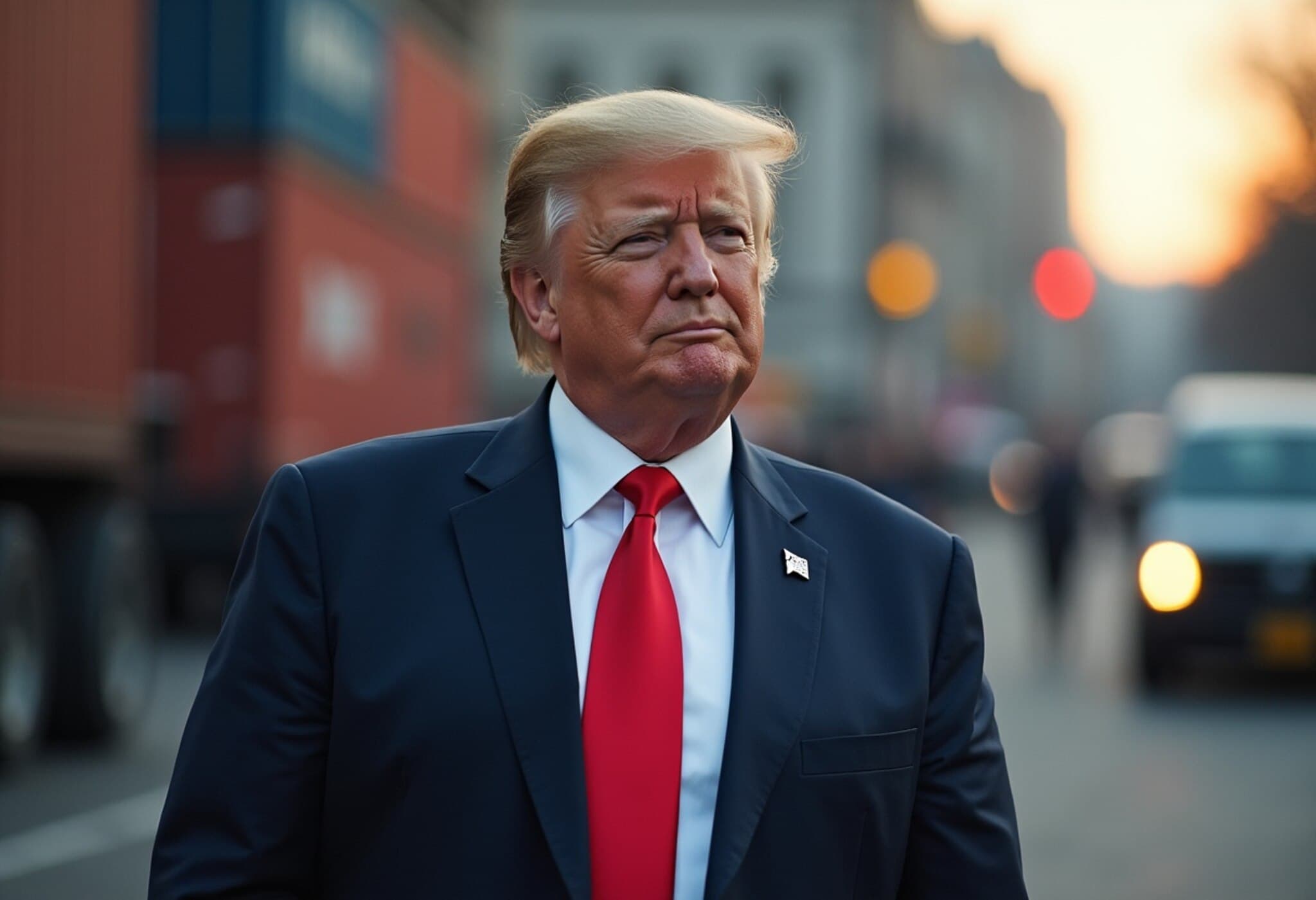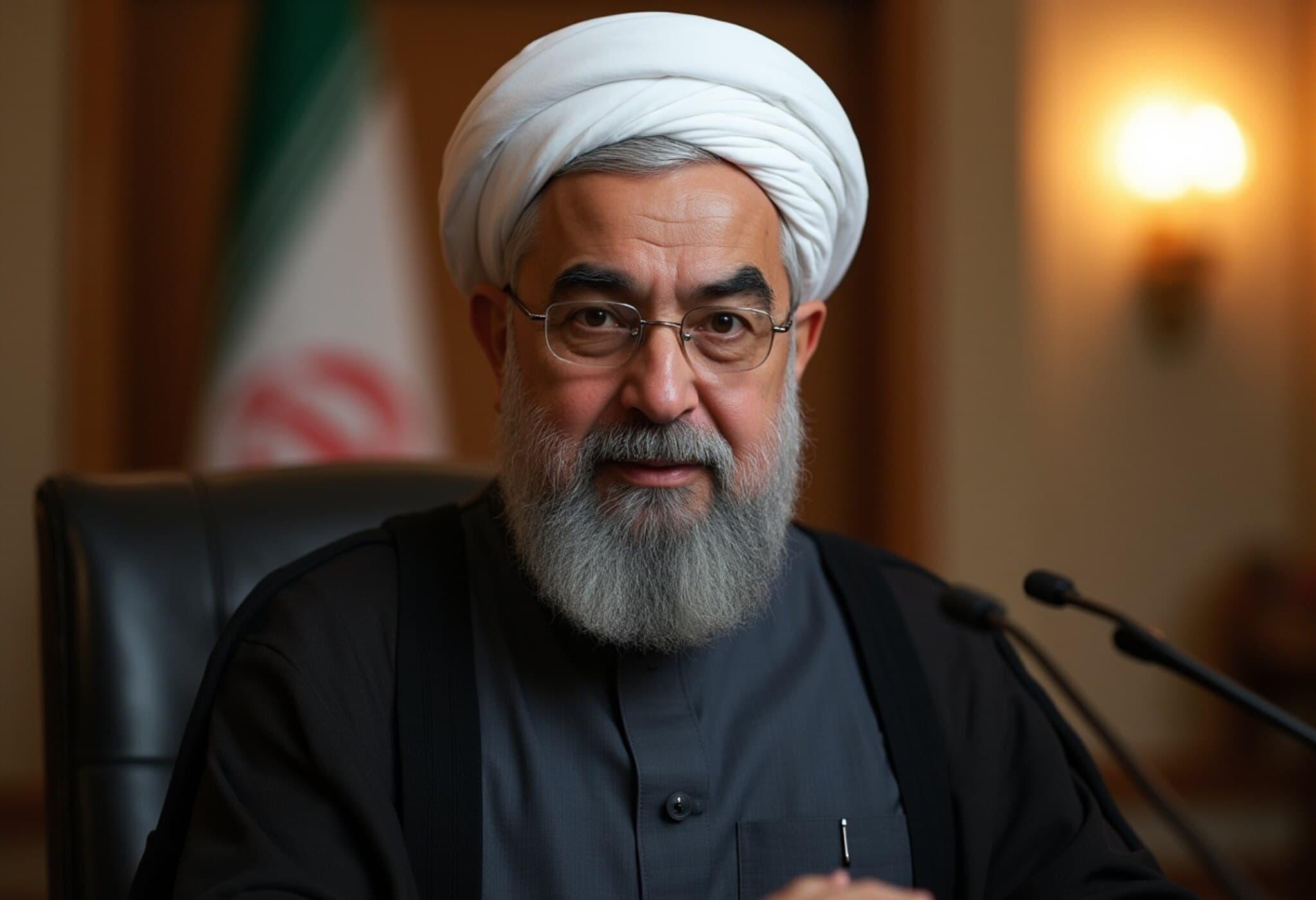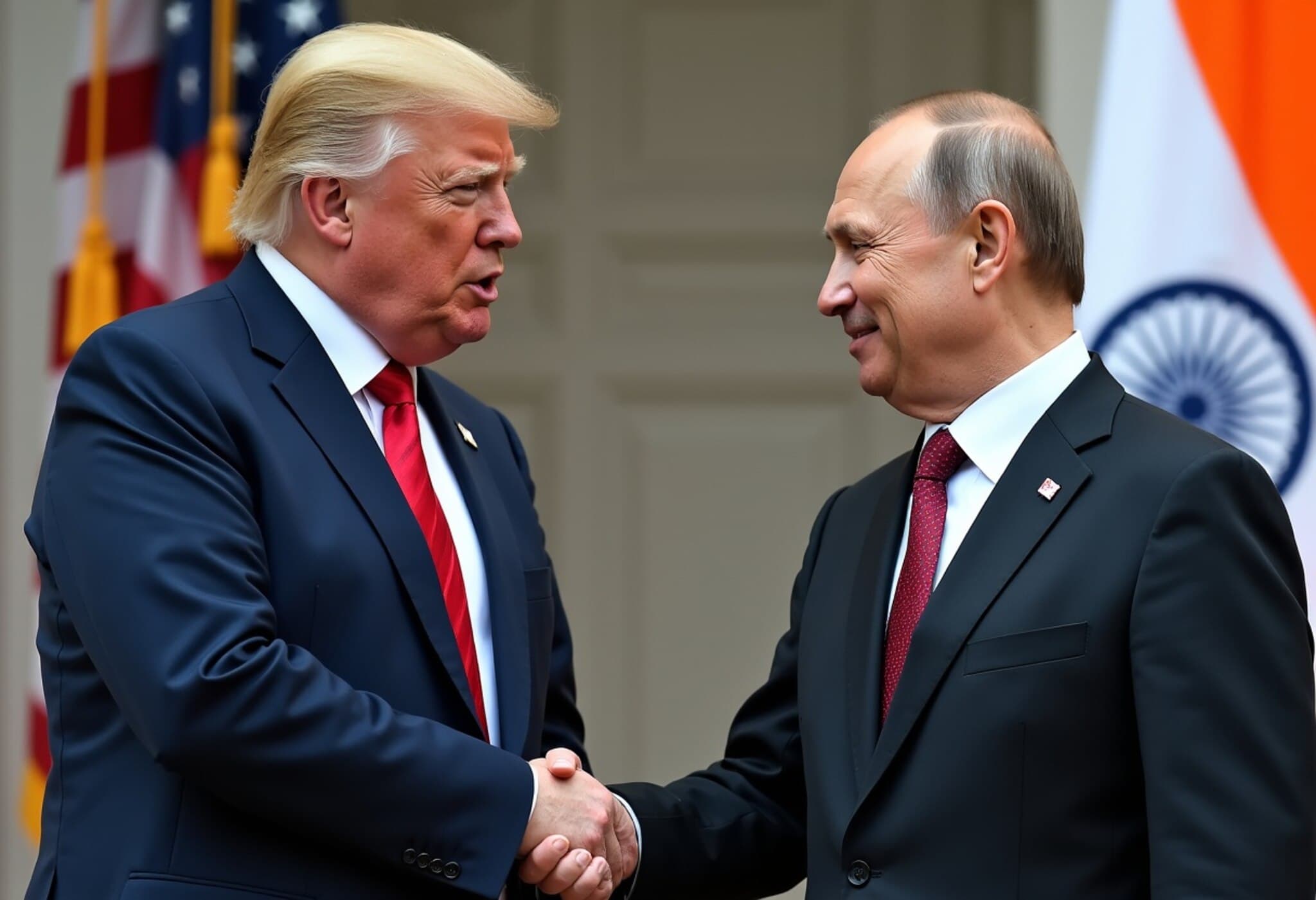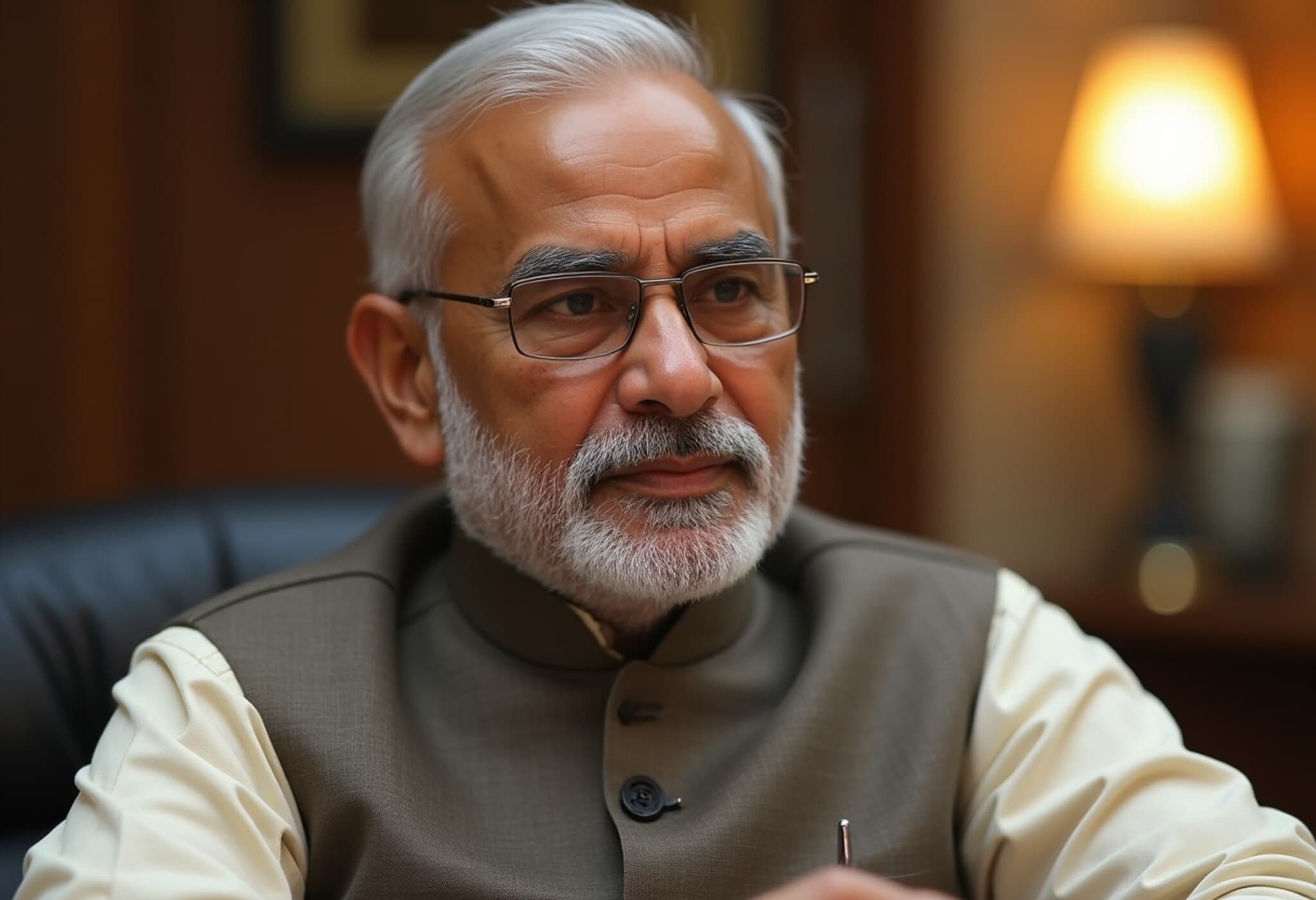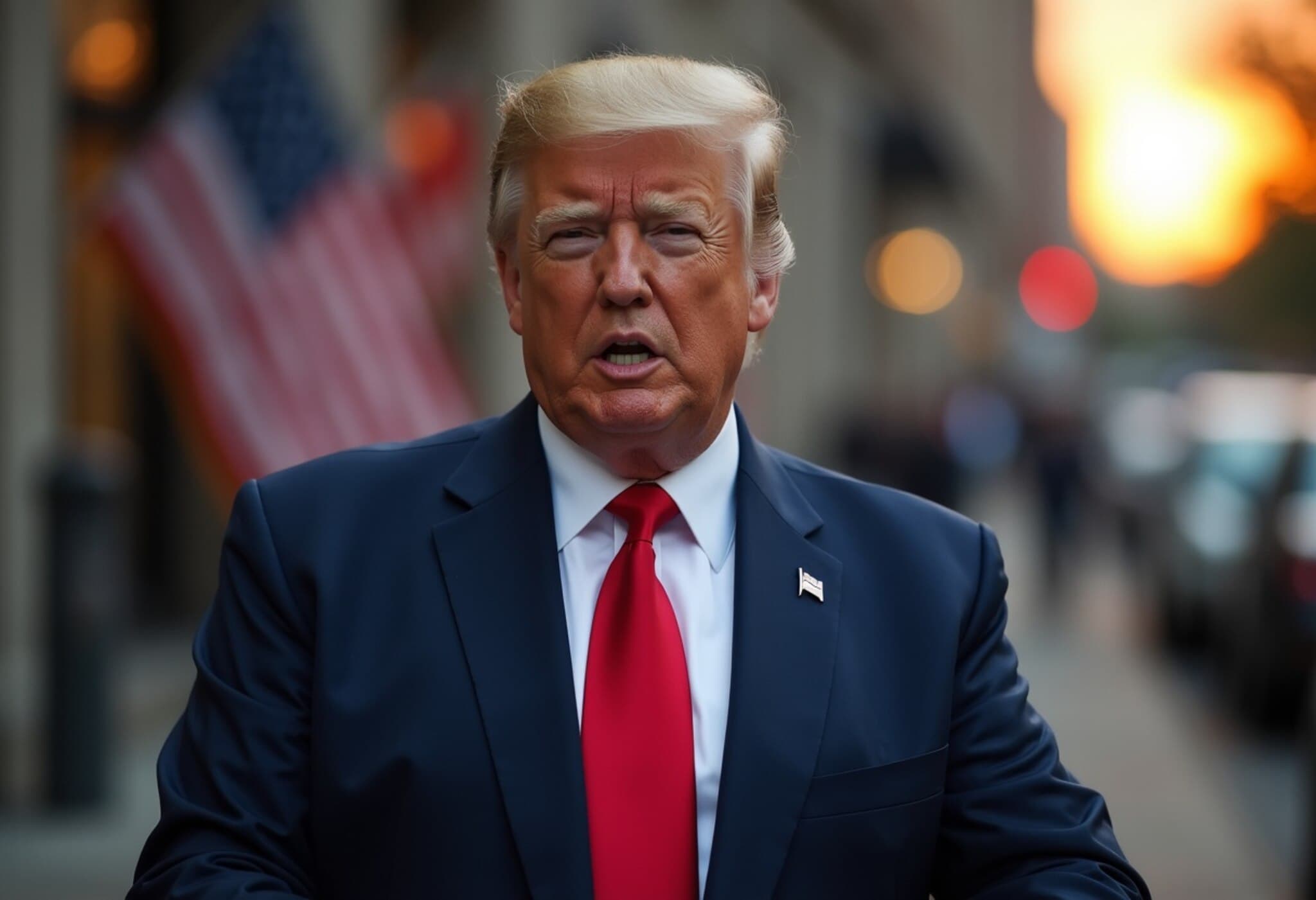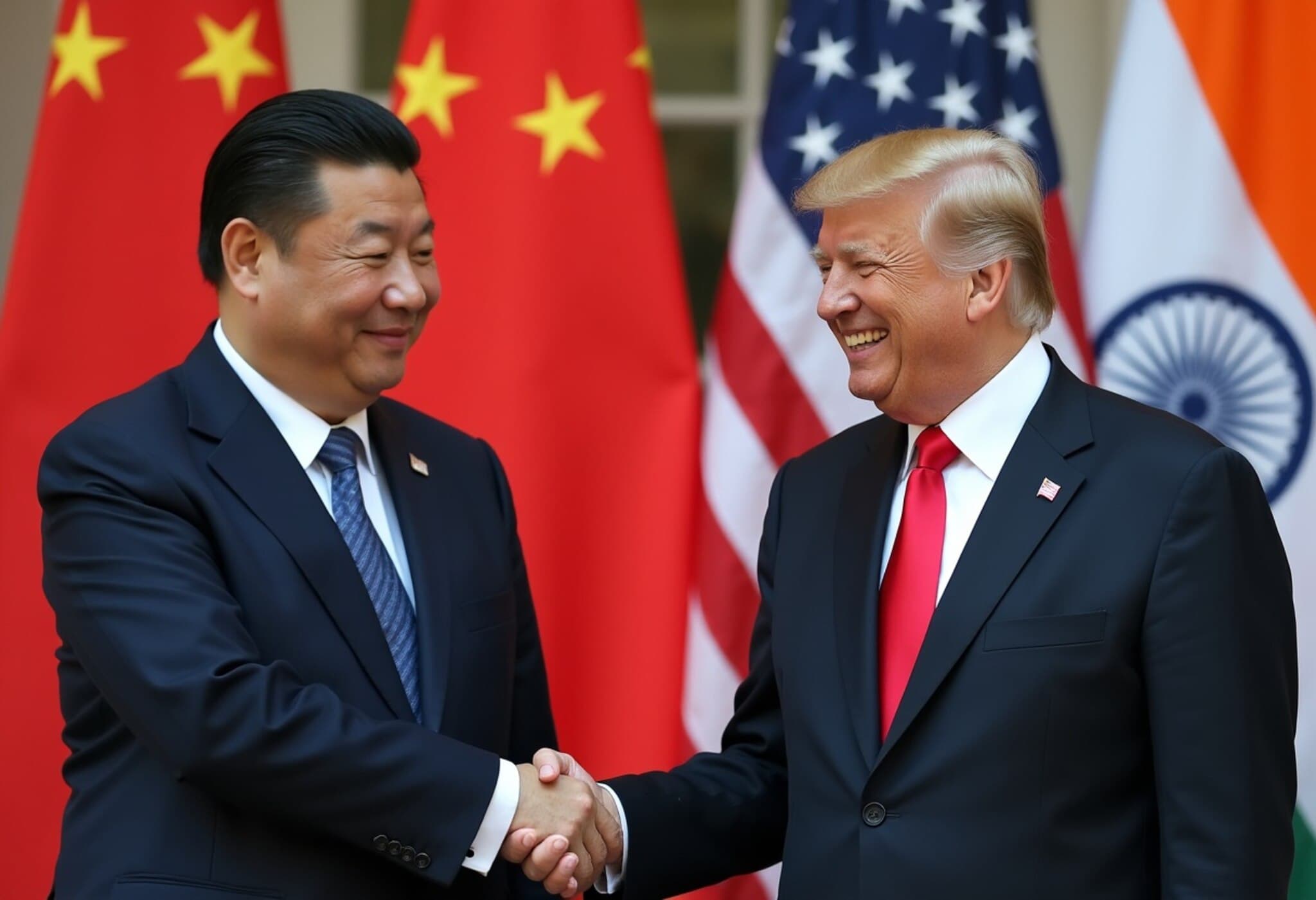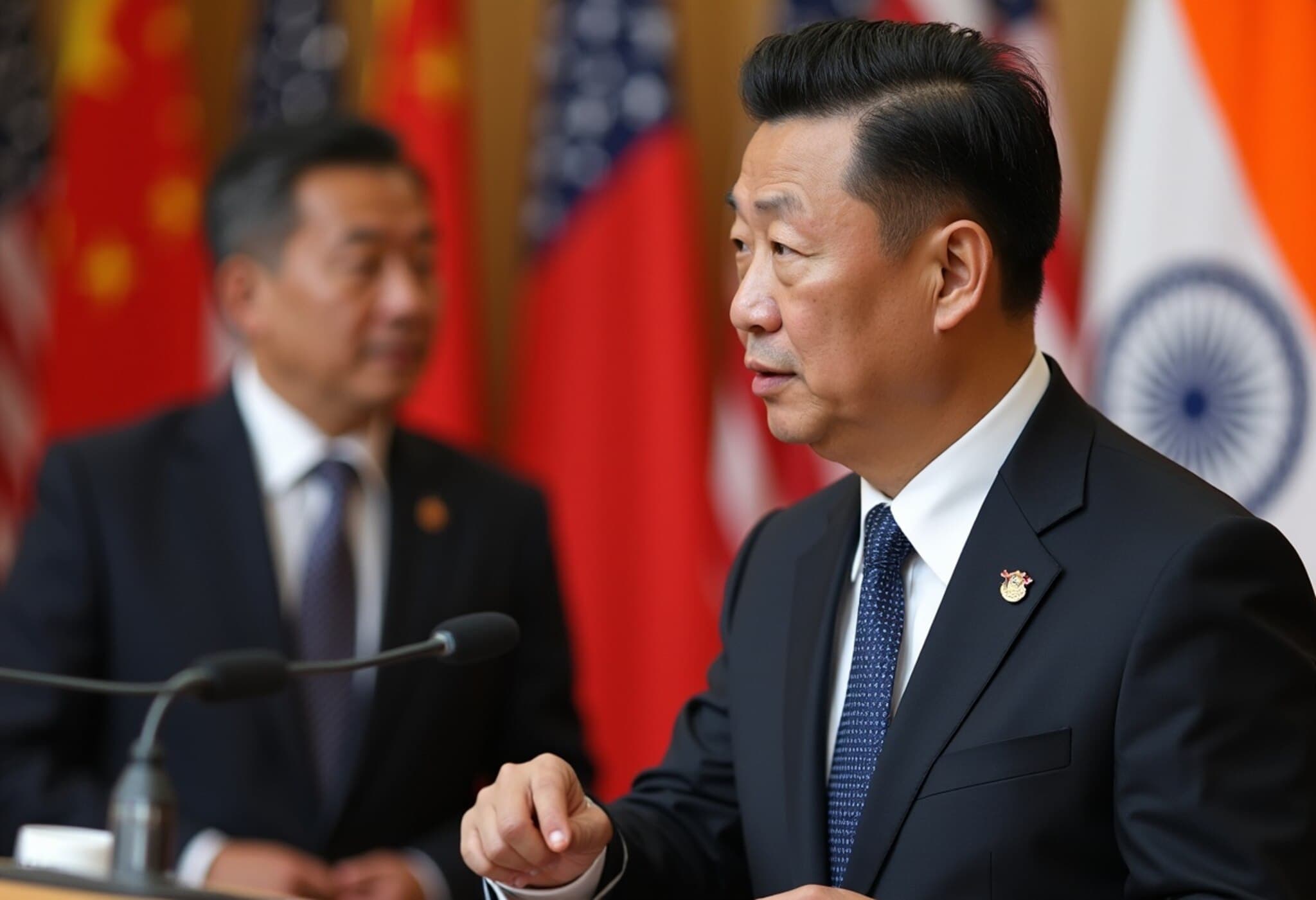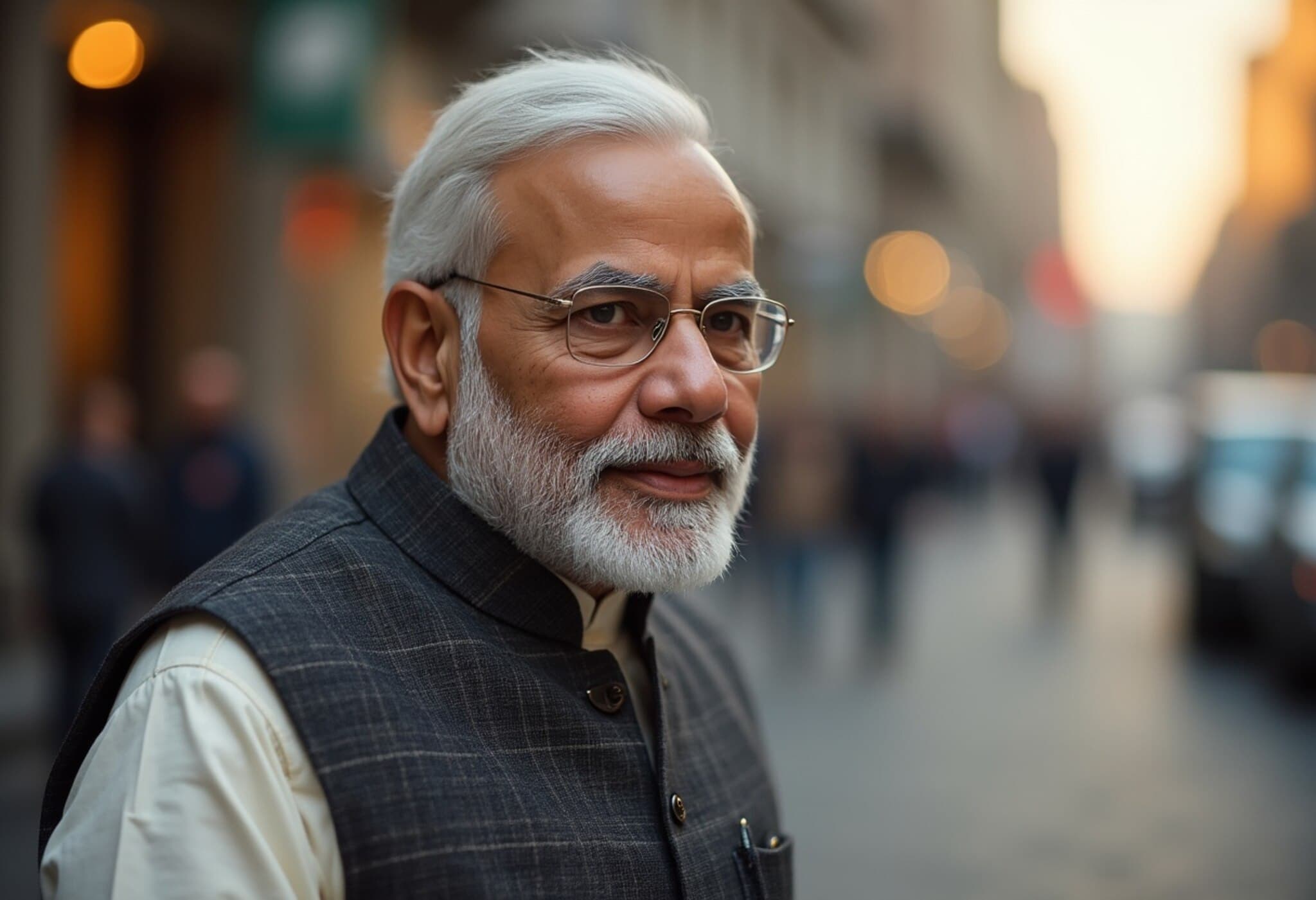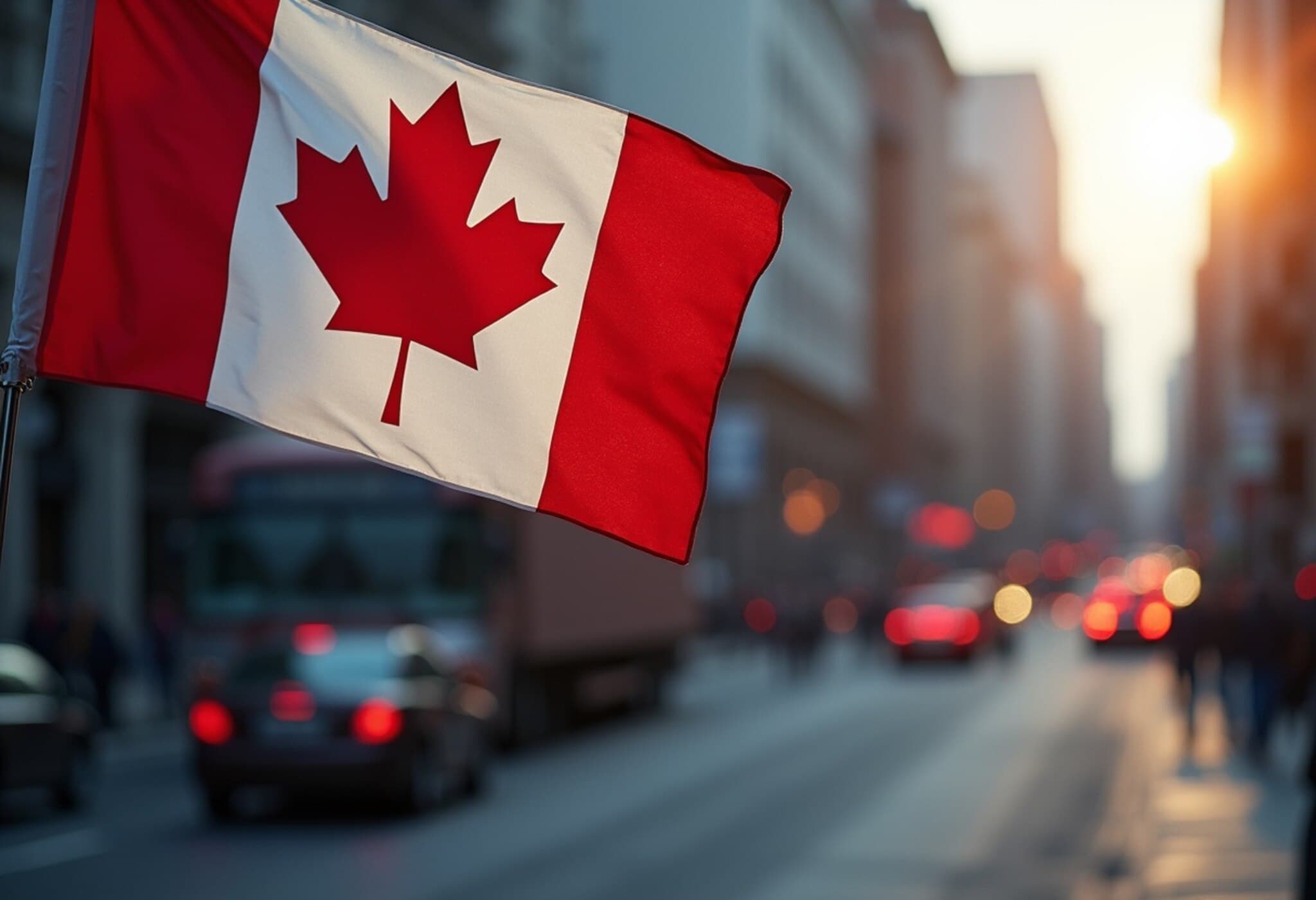US Imposes 25% Tariff on Indian Imports — but Key Sectors Gain Crucial Exemptions
On August 1, 2025, the United States government cemented a significant trade move by imposing 25% tariffs on a broad range of Indian imports. This decision, announced by then-President Trump, has rattled trade relations between the world’s two largest democracies. Yet, amid the economic friction, certain vital Indian export sectors have been granted exemptions, providing a welcome relief and highlighting the nuanced dynamics of international trade policy.
Context: The Rising Trade Tensions Between India and the US
The tariff imposition is rooted in ongoing disputes around trade barriers and geopolitical concerns, including India’s continued imports of Russian oil and military equipment. The tariffs aim to pressurize India to alter its trade and energy policies, but at the risk of impacting one of its fastest-growing economic partnerships.
Trade Deficit and Tariff Backdrop
India enjoys a high trade surplus with the US, exporting goods worth billions annually, which has been a particular focus for American policymakers seeking to rebalance trade relationships. The new tariffs come on top of earlier penalties imposed over Section 232 — trade restrictions justified under national security — further complicating market conditions.
Key Exemptions Provide a Silver Lining for Indian Exporters
Despite the wide-ranging tariff list, the White House’s August 1 notification reaffirmed exemptions for certain sectors pivotal to India’s export economy. These include:
- Pharmaceuticals: Shielded from tariffs, this sector accounts for nearly $9 billion in annual exports to the US, cementing India’s role as the global pharmacy of affordable generics.
- Auto Components: A robust contributor with $7.35 billion exported in FY25, this industry continues to benefit from exemption despite facing challenges under prior Section 232 tariffs.
- Copper: With annual exports around 13,000 tonnes, Indian copper shipments avoid the hefty 50% tariffs imposed on other countries’ copper imports, underlining a strategic carve-out.
- Metals like Iron and Aluminium: These continue to remain exempt under Executive Order 14257 but are still subject to existing tariff regulations.
This selective protection underscores the US administration’s recognition of certain Indian industries as critical yet negotiable partners rather than wholesale targets.
The Unsettled Elements: Remaining Challenges and Future Risks
However, it is not all clear skies. Several important questions linger concerning the broader impact and potential future tariffs.
- Vulnerability of Exempted Sectors: The administration reserves the right to impose targeted tariffs on these sectors if deemed necessary based on trade or security reasons, fostering an environment of uncertainty.
- Expanded Tariffs on Other Goods: Apart from exemptions, many Indian exports, including textiles, gems, engineering goods, and electronics, now face a steep 25% tariff—up from an earlier 10%—potentially undermining their competitiveness.
- Countering Duty Evasion: To clamp down on tariff avoidance, a stringent 40% penalty has been introduced for goods routed through third countries to bypass duties, a practice noted in trade relations with China but which could impact India indirectly.
Expert Insights: Navigating a Complex Trade Landscape
Trade analysts suggest that these exemptions reflect a strategic balancing act—while the US signals tough economic posturing, it also seeks to avoid disruptions in sectors critical to both countries’ supply chains. For India, the exclusions offer breathing space to safeguard its vital export revenues, particularly in pharmaceuticals, which directly impact American consumers through affordable medicine.
Yet, the partial tariff regime raises pressing questions about the resilience of India’s export diversification strategies and the potential need to accelerate value addition in tariff-exposed sectors. This scenario also invites a closer look at how geopolitical alignments and supply chain realignments will influence future US–India economic ties.
Looking Ahead: What This Means for India–US Trade
The ongoing tariff saga is a vivid reminder of the complex, often fraught nature of international trade policymaking amid geopolitics. While current exemptions provide a cushion, Indian exporters must remain vigilant and adaptive to evolving regulations. Greater diplomatic engagement and trade negotiations could pave the way for more stable relations, but for now, businesses face a challenging landscape requiring strategic foresight.
Summary Box: Key Takeaways
- The US imposed a sweeping 25% tariff on many Indian imports, citing trade and security concerns.
- Critical sectors like pharmaceuticals, auto parts, copper, and select metals are exempt from these tariffs.
- Exemptions protect approximately $9 billion in pharma exports and several billion in metals and auto components.
- Non-exempt sectors, including textiles and electronics, face higher tariff barriers, threatening export competitiveness.
- The US administration maintains flexibility to impose or remove tariffs based on ongoing assessments.
- India’s exporters must navigate both opportunities and risks amid this uncertain trade environment.
Editor’s Note:
The US’s targeted tariff exemptions on Indian exports reveal deeper strategic calculations rather than outright trade hostility. For policymakers and businesses alike, the challenge lies in leveraging these openings while preparing for the broader uncertainty that shadow trade negotiations. How India manages diversification, engages diplomatically, and enhances its domestic value chains will determine its standing in this evolving global trade order.


